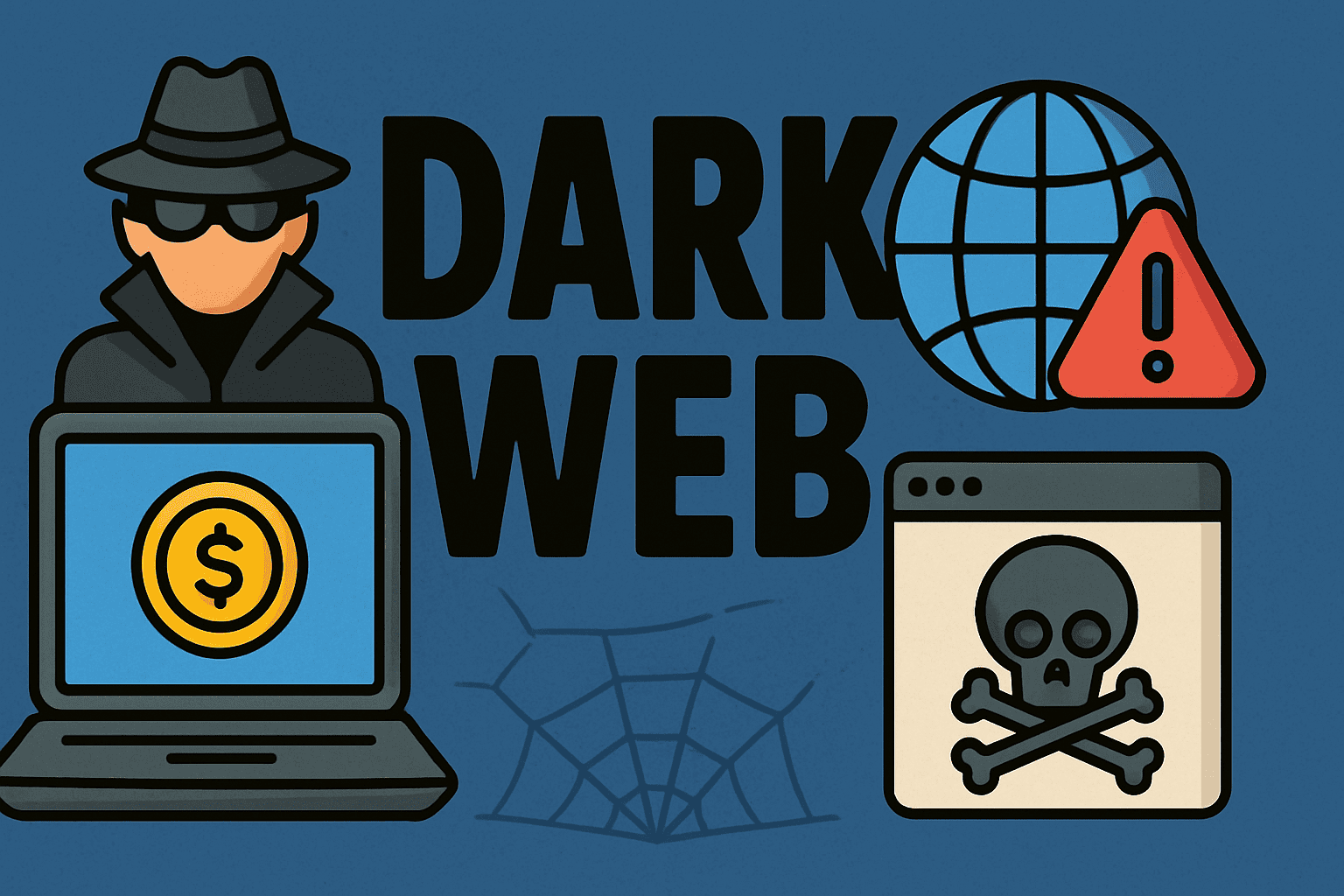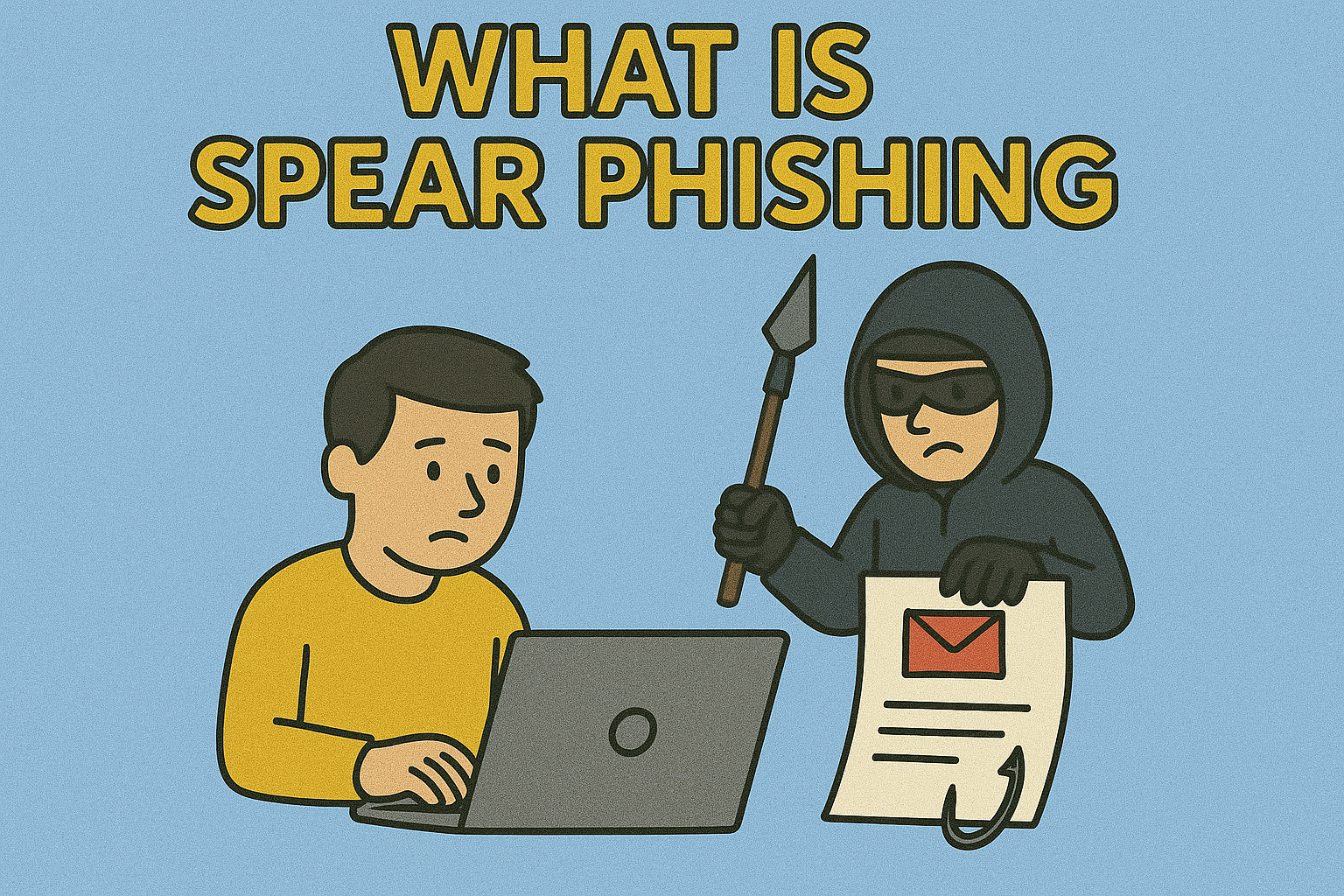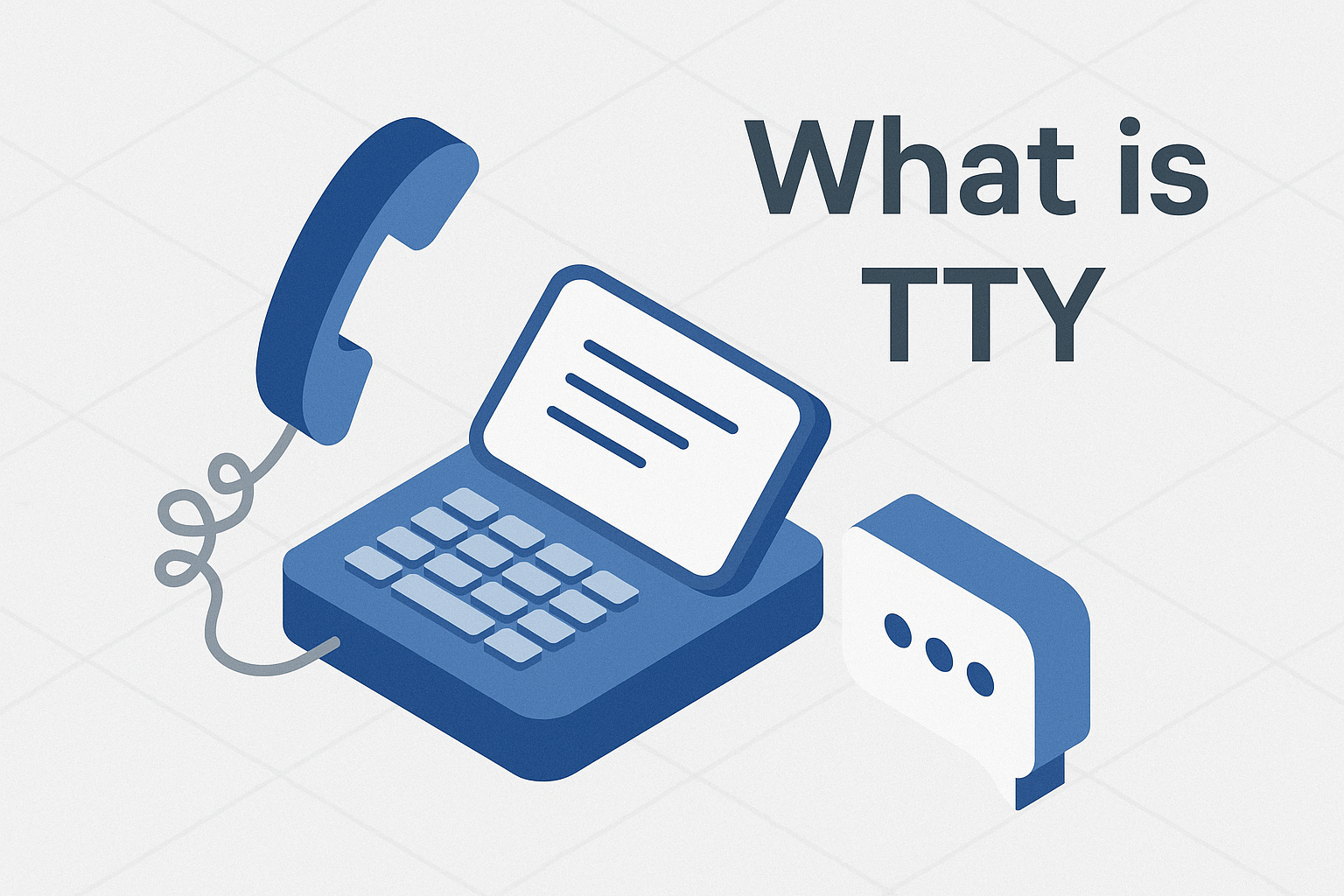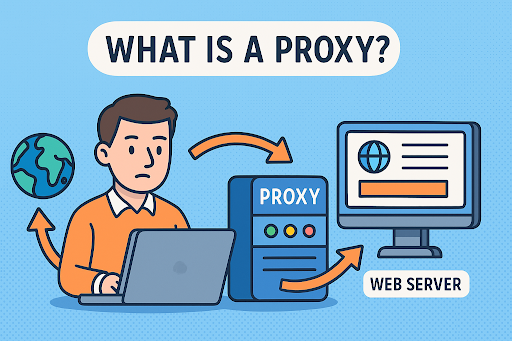What Is OWASP? Understanding the Open Web Application Security Project
Updated on October 29, 2025, by Xcitium
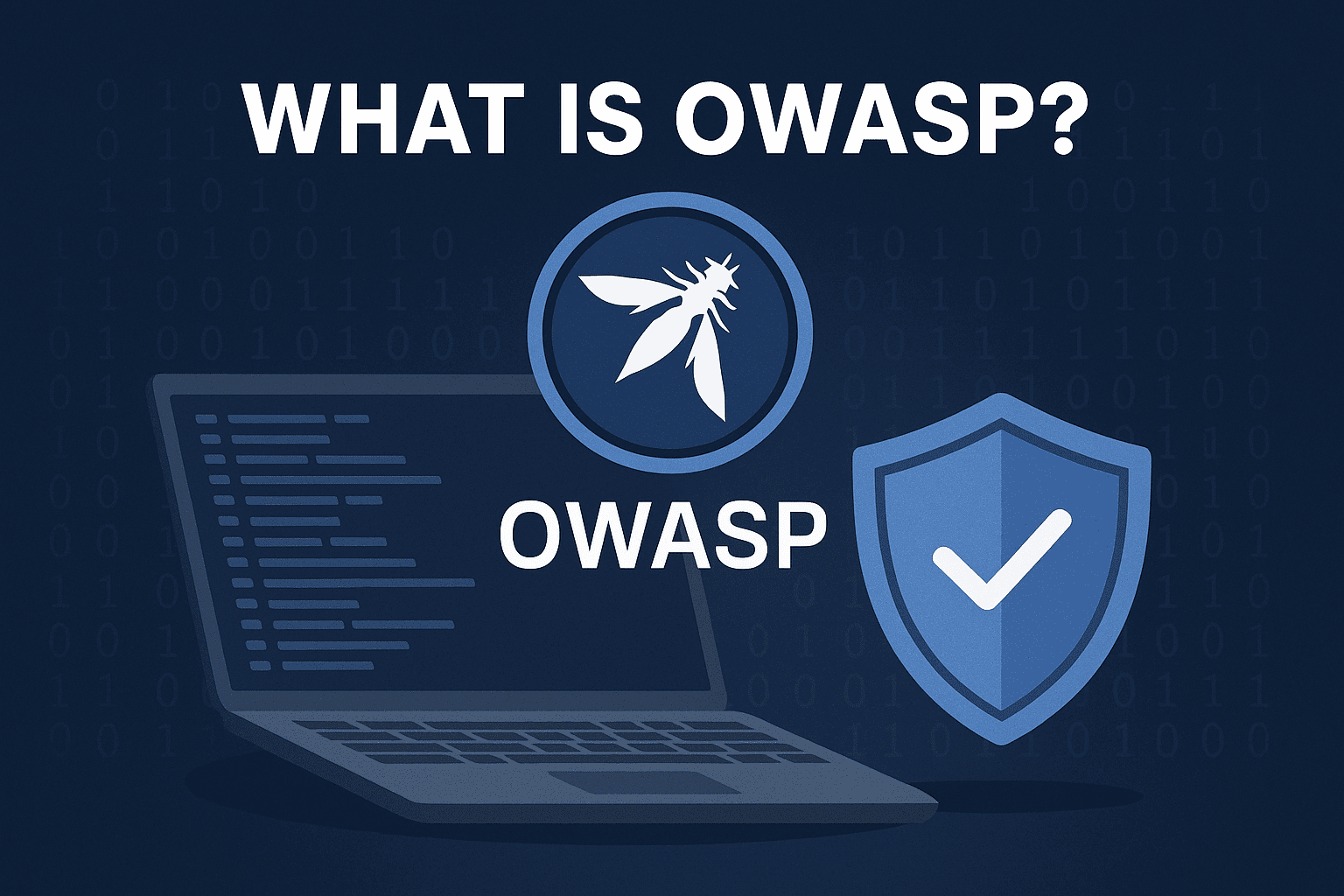
In today’s digital world, web applications are everywhere — from online banking to e-commerce and cloud platforms. But with this convenience comes risk. Cybercriminals continuously search for vulnerabilities to exploit. That’s where OWASP, or the Open Web Application Security Project, comes in.
If you’ve ever wondered “What is OWASP?” and why it’s so crucial to web security, this guide explains everything — from its purpose to how organizations use OWASP standards to build secure applications.
What Is OWASP?
OWASP (Open Web Application Security Project) is a non-profit foundation that works to improve the security of software and web applications. Founded in 2001, OWASP provides free resources, tools, and best practices for developers, IT professionals, and organizations to strengthen their security posture.
Its most well-known project is the OWASP Top 10, a regularly updated list of the most critical web application security risks.
In short:
OWASP is not a product or tool — it’s a global community focused on making the web safer for everyone.
Why Is OWASP Important in Cybersecurity?
With businesses moving their operations online, web application security has become one of the biggest challenges in cybersecurity. OWASP plays a vital role by providing:
-
Standardized security practices that guide developers in writing secure code.
-
Free and open-source tools for testing and auditing applications.
-
Community-driven research on emerging cyber threats.
-
Frameworks for compliance with security regulations and certifications.
By following OWASP guidelines, organizations can reduce vulnerabilities, prevent data breaches, and maintain customer trust.
Understanding the OWASP Top 10
The OWASP Top 10 is a globally recognized list that identifies the most significant web application security risks. Updated every few years, it serves as a baseline for secure software development.
Here’s an overview of the latest OWASP Top 10 vulnerabilities:
1. Broken Access Control
Attackers exploit weak permission controls to gain unauthorized access to resources.
2. Cryptographic Failures
Poor encryption or insecure data storage can expose sensitive information.
3. Injection Attacks
SQL injection and similar exploits allow attackers to manipulate data queries.
4. Insecure Design
Flaws in the software architecture that leave systems open to attacks.
5. Security Misconfiguration
Default credentials, unnecessary services, or unpatched software vulnerabilities.
6. Vulnerable and Outdated Components
Third-party libraries or frameworks that haven’t been updated.
7. Identification and Authentication Failures
Weak authentication mechanisms lead to credential theft and unauthorized access.
8. Software and Data Integrity Failures
Compromised software updates or CI/CD pipelines can introduce malware.
9. Security Logging and Monitoring Failures
Without proper logging, attacks go undetected, increasing the impact.
10. Server-Side Request Forgery (SSRF)
Attackers exploit servers to make unauthorized requests to internal systems.
How OWASP Helps Developers and Businesses
Following OWASP’s framework gives organizations a roadmap for building secure applications. Here’s how it benefits different stakeholders:
For Developers
-
Access to free tools like OWASP ZAP (Zed Attack Proxy) for testing vulnerabilities.
-
Guides for secure coding practices in multiple programming languages.
-
OWASP Cheat Sheets and Testing Guides for real-world application security.
For Security Teams
-
Standardized checklists to assess web app vulnerabilities.
-
Threat modeling and risk assessment frameworks.
-
Continuous improvement through the OWASP Application Security Verification Standard (ASVS).
For Businesses
-
Reduces risk of data breaches and financial losses.
-
Builds compliance with GDPR, ISO 27001, PCI DSS, and other regulations.
-
Increases customer confidence by demonstrating security maturity.
OWASP Projects Every Cybersecurity Expert Should Know
OWASP isn’t limited to the Top 10 list — it supports hundreds of community-driven projects. Some of the most influential include:
1. OWASP ZAP (Zed Attack Proxy)
An open-source penetration testing tool used to find vulnerabilities during development and testing.
2. OWASP Dependency-Check
Scans for known vulnerable dependencies in third-party libraries.
3. OWASP ASVS (Application Security Verification Standard)
A framework for defining security requirements for different types of web applications.
4. OWASP Juice Shop
A deliberately insecure web application used for training and penetration testing.
5. OWASP SAMM (Software Assurance Maturity Model)
Helps organizations evaluate and improve their software security practices.
Implementing OWASP Guidelines in Your Organization
Integrating OWASP standards doesn’t require an overhaul — it’s about incremental improvements to your development lifecycle.
Step 1: Conduct a Security Assessment
Start with vulnerability scanning and penetration testing using OWASP tools.
Step 2: Train Your Team
Developers should undergo secure coding and OWASP Top 10 training.
Step 3: Integrate Security into SDLC
Adopt DevSecOps principles, ensuring that security checks occur throughout the development process.
Step 4: Monitor Continuously
Implement SIEM and EDR tools to detect real-time threats and anomalies.
Step 5: Regularly Update Policies
Review and align company policies with the latest OWASP recommendations.
Common Mistakes to Avoid When Using OWASP
-
Treating OWASP as optional: It’s a foundation for web security, not a guideline to skip.
-
Relying only on tools: OWASP tools are helpful, but human oversight and testing are essential.
-
Ignoring updates: OWASP projects evolve — make sure your practices do, too.
-
Lack of management support: Security must be a company-wide culture, not just an IT goal.
The Future of OWASP and Web Security
With AI-driven attacks, IoT vulnerabilities, and cloud security risks rising, OWASP continues to adapt its frameworks for emerging technologies. Its latest initiatives focus on:
-
Cloud-native application security.
-
API security best practices.
-
Machine learning vulnerability research.
-
Global collaboration across industries.
Organizations that align with OWASP will stay ahead of future cyber threats.
Conclusion
Understanding what is OWASP is more than just knowing an acronym — it’s about embracing a security-first approach in the digital age. The Open Web Application Security Project equips developers, security experts, and businesses with the tools and standards to build safer applications, prevent data breaches, and protect digital assets.
If your organization isn’t yet leveraging OWASP frameworks, now’s the time to start.
👉 Secure your web applications today — Request a Demo
FAQs About OWASP
1. What does OWASP stand for?
OWASP stands for Open Web Application Security Project, a non-profit focused on improving software security globally.
2. What is the OWASP Top 10?
It’s a list of the ten most critical web application security risks published by OWASP, serving as a standard guideline for developers.
3. Is OWASP free to use?
Yes. OWASP provides free, open-source tools and resources for developers and cybersecurity professionals.
4. How often is the OWASP Top 10 updated?
The OWASP Top 10 is typically updated every 3 to 4 years based on new threats and industry trends.
5. How can OWASP help my business?
By integrating OWASP standards, your business can reduce vulnerabilities, achieve regulatory compliance, and build stronger trust with customers.



